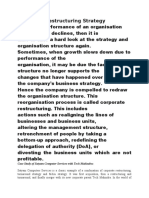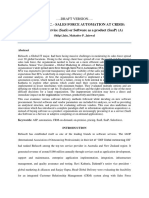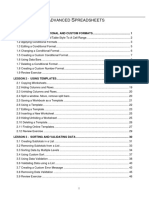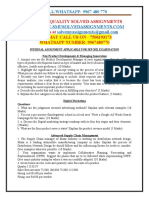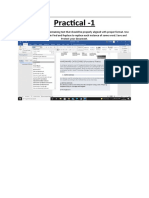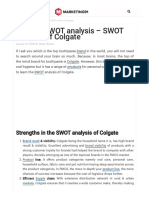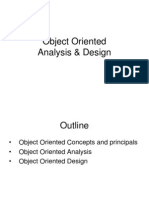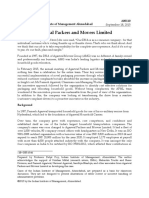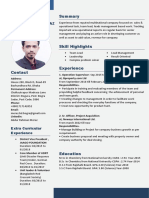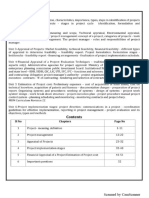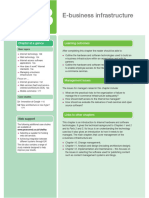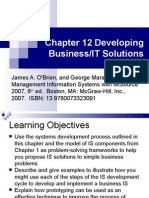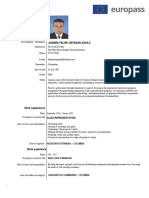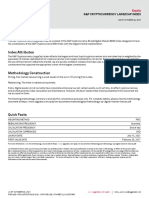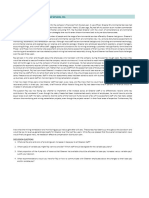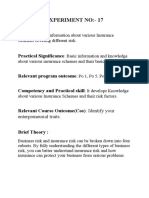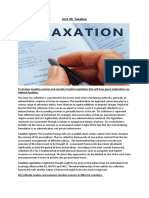0% found this document useful (0 votes)
243 views3 pagesZimbra & Airline IT System Case Studies
Here are my responses to the case study questions:
1. The reservation system is critically important for airlines like WestJet and JetBlue. It impacts nearly all operational activities from booking flights and assigning seats, to checking passengers in, managing standbys and no-shows, and tracking inventory in real-time. Reservation data also feeds into decision making for scheduling, pricing, capacity planning, and revenue management. A stable, high-performing reservation system is essential for customer service and business operations.
2. The key risks of upgrading such a core system include potential outages or degradation of service that could impact customers and operations during the transition. There is also a risk of new issues emerging after go-live from bugs or unexpected integration
Uploaded by
Mohammed ShadidCopyright
© © All Rights Reserved
We take content rights seriously. If you suspect this is your content, claim it here.
Available Formats
Download as DOCX, PDF, TXT or read online on Scribd
0% found this document useful (0 votes)
243 views3 pagesZimbra & Airline IT System Case Studies
Here are my responses to the case study questions:
1. The reservation system is critically important for airlines like WestJet and JetBlue. It impacts nearly all operational activities from booking flights and assigning seats, to checking passengers in, managing standbys and no-shows, and tracking inventory in real-time. Reservation data also feeds into decision making for scheduling, pricing, capacity planning, and revenue management. A stable, high-performing reservation system is essential for customer service and business operations.
2. The key risks of upgrading such a core system include potential outages or degradation of service that could impact customers and operations during the transition. There is also a risk of new issues emerging after go-live from bugs or unexpected integration
Uploaded by
Mohammed ShadidCopyright
© © All Rights Reserved
We take content rights seriously. If you suspect this is your content, claim it here.
Available Formats
Download as DOCX, PDF, TXT or read online on Scribd
/ 3




